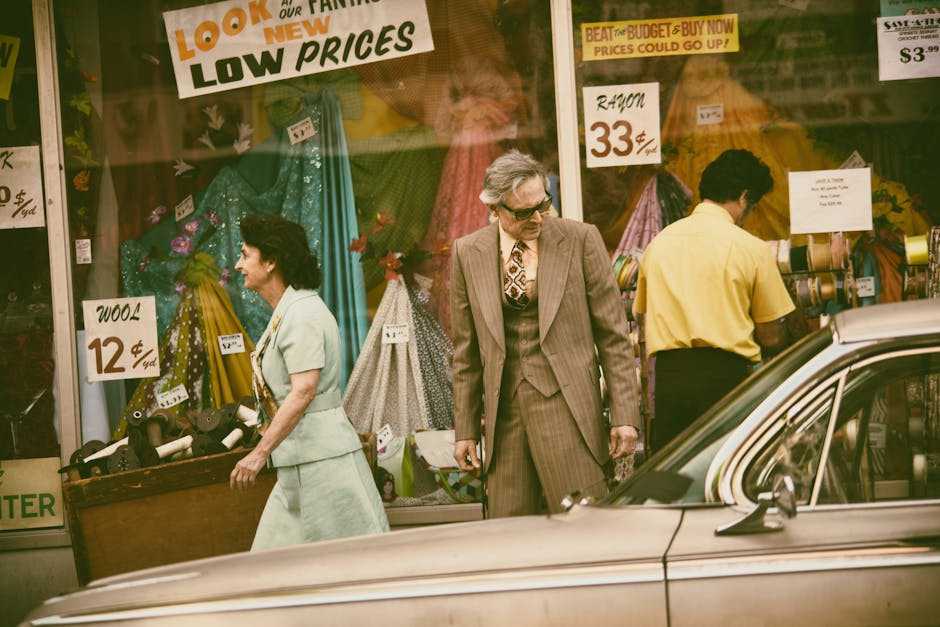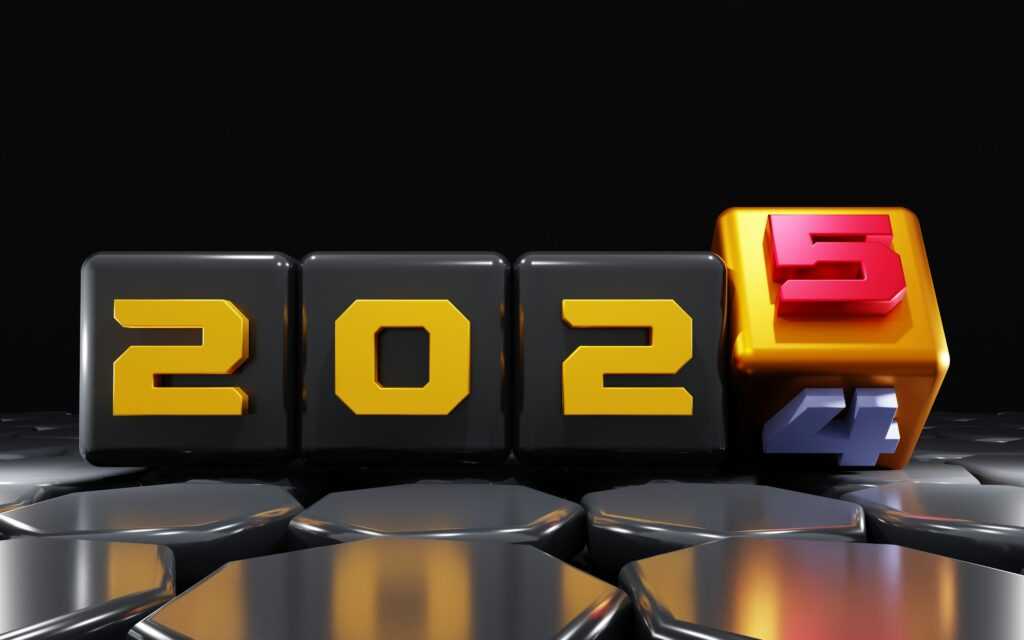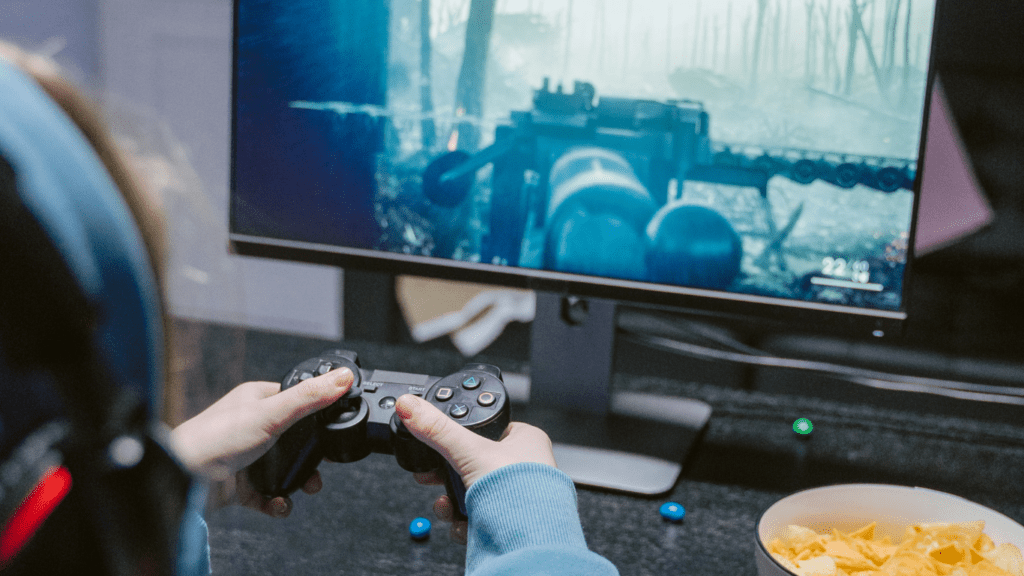Collecting Culture Goes Digital
Retro gaming isn’t just about playing—it’s about preserving, collecting, and experiencing history in new ways. As digital culture evolves, so does the way fans engage with gaming’s past.
The Physical Market Is Booming
In recent years, physical retro game collecting has surged. Cartridges, boxed consoles, and vintage accessories are now hot commodities at auctions and gaming expos.
Rare titles fetch thousands of dollars online
Classic consoles are being refurbished and resold
Game stores and flea markets are seeing renewed interest
Collectors are seeking tangibility in an increasingly digital world. The weight of a Game Boy, the sound of a Sega start-up screen—it’s all part of the draw.
Digital Archiving and the NFT Controversy
Beyond the physical, digital methods of preservation are gaining traction—and sparking debate.
ROM libraries offer access to games lost to time, but operate in legal gray zones
NFTs have introduced the concept of ‘owning’ a piece of retro gaming history, sparking controversy in gaming circles
Fan-driven archiving projects preserve forgotten titles before they disappear entirely from cultural memory
Passion or Profit?
A philosophical divide is growing in the retro community.
Some collectors are motivated by pure nostalgia and a desire to preserve gaming history
Others see it as an investment opportunity, flipping rare games for high profits
While both approaches coexist, tension arises when profit-driven motives threaten access or authenticity. Purists argue that retro gaming should be about appreciation—not commodification.
See also: retro games trending
Intro: Pixelated Past, Popular Present
Retro gaming isn’t a quirky trend anymore—it’s a full-blown movement. What started with a few YouTubers dusting off their childhood cartridges is now an industry surge, with throwback titles topping charts, collectors driving prices up, and modern devs leaning into pixel art and chiptunes.
But here’s the kicker: this isn’t just about thirty-somethings reliving Crash Bandicoot weekends. Gen Z—raised on ultra-HD realism and cloud gaming—is falling hard for 8-bit charm. Simpler controls, loopable music, and bite-sized challenge loops offer a kind of focus modern titles often lack. In a world oversaturated with big-budget noise, pixel blocks and midi riffs feel oddly fresh.
This nostalgia-fueled boom isn’t only about aesthetics—it’s about reclaiming joy in simplicity. And in 2024, that’s hitting harder than ever.
Why Now? The Key Drivers Behind the Revival
Retro gaming’s big comeback isn’t random. It’s the result of a few simple, but powerful, shifts.
First, it’s never been easier—or cheaper—to play the classics. Mini consoles pack a library of vintage titles into a plug-and-play setup. Digital storefronts have made re-releases frictionless. And emulation platforms, whether official or not, crack open entire catalogs for anyone with a half-decent internet connection. Accessibility is no longer a barrier.
Then there’s the culture loop. Fashion has already recycled the ‘90s. Music leans hard into analog aesthetics. Now gaming is following suit. What our parents or older siblings played is now cool again—partly because it looks and feels different in an age of speed and overload.
Which brings us to the third force: simplicity. Modern games can be enormous. Open worlds, endless side quests, update patches the size of small cities. Sometimes, you just want to jump in, hit start, and enjoy the ride. Retro gives that bite-sized satisfaction—quick, clear, and fun. No tutorials, no downloadable content, no waiting.
All three of these factors—ease, cultural timing, and clarity—are why retro isn’t just having a moment. It’s having a movement.
Emotional Pull: The Nostalgia Effect

Nostalgia isn’t just a mood—it’s a chemical event. When we reconnect with something from our past, especially formative moments like childhood gaming, the brain releases dopamine. That hit of pleasure combines with a sense of stability and familiarity, which explains why old games can feel oddly comforting in times of stress. Researchers call it a ‘neural anchor.’ We just call it Donkey Kong.
Those pixelated adventures from the ‘80s and ‘90s didn’t just entertain—they created identity. The sights, sounds, and mechanics of early gaming wired into how many of us think about fun, challenge, and creativity. Years later, that plays out in what we choose to play now. Players who grew up button-mashing through side-scrollers often gravitate toward titles with similar pacing, aesthetics, or structure—even when the graphics have changed.
In a world constantly pushing updates and patches, retro gaming offers something rare: closure. The levels are finite. The goals are clear. That simplicity makes retro titles feel like digital comfort food—warm, predictable, and just hard enough to be satisfying.
For a deeper insight into why classic games still stick, check out this feature: exploring classic games.
Social Media & Streaming Fuel the Fire
Retro gaming didn’t just claw its way back into relevance—it was launched there by creators who never stopped loving pixelated adventures. On Twitch and YouTube, games like Super Mario World and Chrono Trigger are getting more screen time now than they did in the mid-2000s. Longtime fans are replaying them live, fully mic’d up with commentary, challenge runs, or lore deep-dives that keep viewers glued in.
TikTok’s fast-cut format has also become a surprising home for retro. Creators are slicing old-school gameplay into 60-second trivia bursts, visual “then-vs-now” scenes, and quick walkthroughs that explain game mechanics in bite-sized lessons. These clips make it easier for curious newcomers—many of whom weren’t born when the games dropped—to connect with titles they’ve only heard about.
It’s not just nostalgia fueling the fire—it’s discovery. Gen Z and younger millennials are finding old classics through modern voices. When a trusted streamer gives high praise to a 1992 gem, curiosity turns into clicks. Online, the past isn’t behind us—it’s going viral.
Conclusion: What Retro Really Represents
Retro gaming has proven it’s more than just a passing trend. It taps into something deeper—a collective yearning for familiarity, identity, and creative inspiration. As players revisit old favorites, they’re not just reliving gameplay—they’re revisiting moments in time.
More Than Just Nostalgia
Retro games often carry emotional weight, standing in for childhood memories, friendships, or simpler times. They represent:
Personal identity: For many, these games shaped early tastes and values
Creative influence: Modern developers cite retro titles as foundational to their craft
Shared culture: Retro titles offer a common reference point across generations
Looking Back to Move Forward
The retro revival isn’t just about going back—it’s about keeping gaming’s roots alive as the medium evolves. In a time of constant innovation, retro games tell us where we started:
They highlight how far technology has come
They remind players of the joy in simplicity
They connect generations through shared digital experiences
Retro is not regression—it’s recognition. And in gaming, that matters more than ever.
Reboots and Remasters: Old Titles, Fresh Looks
Developers aren’t just looking back—they’re doubling down. Instead of sinking millions into brand-new IP nobody’s heard of, studios are remaking the games people already love. It’s a safer bet. Built-in fanbases, tested mechanics, and massive nostalgia make remakes an easy win for both marketing and sales. In a crowded market, familiarity still cuts through the noise.
Some reboots have nailed the balance. Think Capcom’s Resident Evil 2 remake—updated graphics, tighter controls, but the same tightly wound tension fans remembered. The Final Fantasy VII Remake took a bold swing by folding in new story layers while preserving beloved scenes. Even smaller updates, like Metroid Prime Remastered’s visual polish without gameplay drift, delivered the goods.
But there’s a boredom risk. Every wave of remakes raises the same question: are we out of new ideas? When everything’s a reboot, nothing feels fresh. Fatigue creeps in, especially when remakes are rushed or feel like cash grabs. For retro gaming to stay more than just a recycled trend, devs need to innovate within the old—stretch mechanics, reshuffle game flow, surprise the veterans.
The sweet spot is simple: respect the core, upgrade the edges, and don’t just copy-paste. Nostalgia is powerful—but if it’s all you’ve got, it burns out fast.



